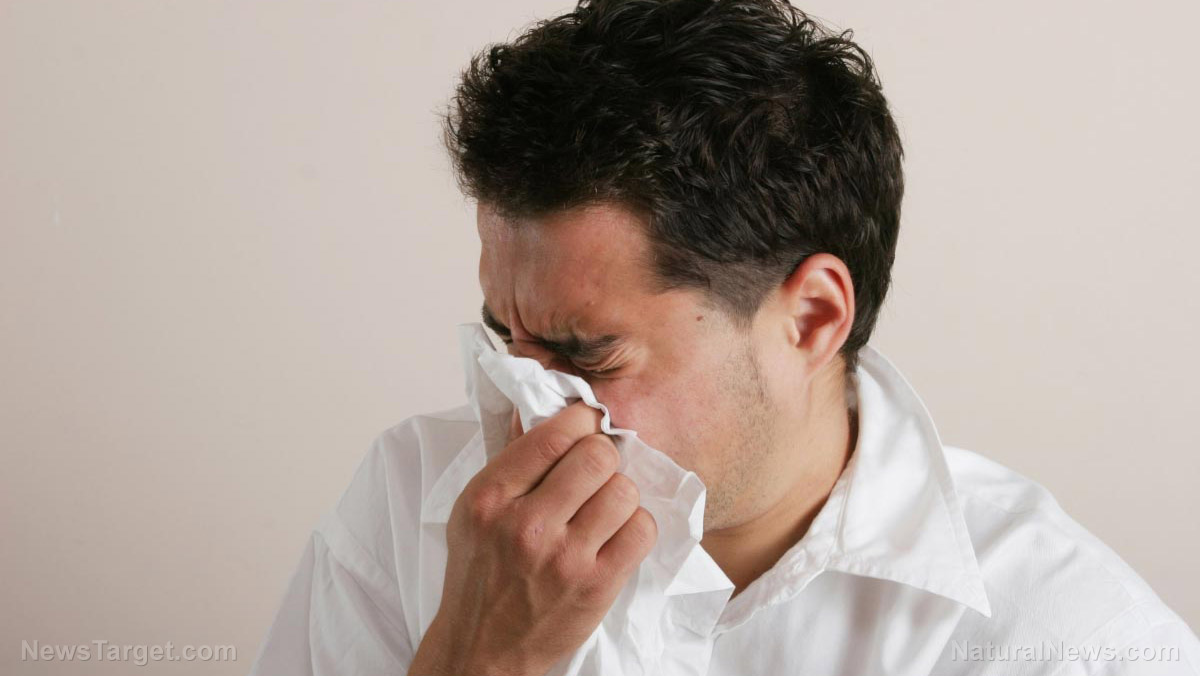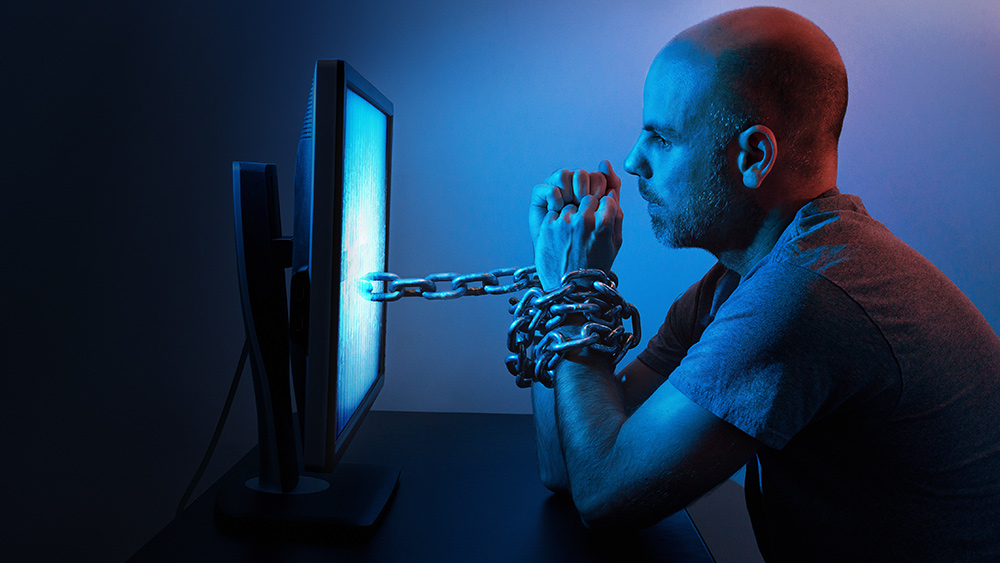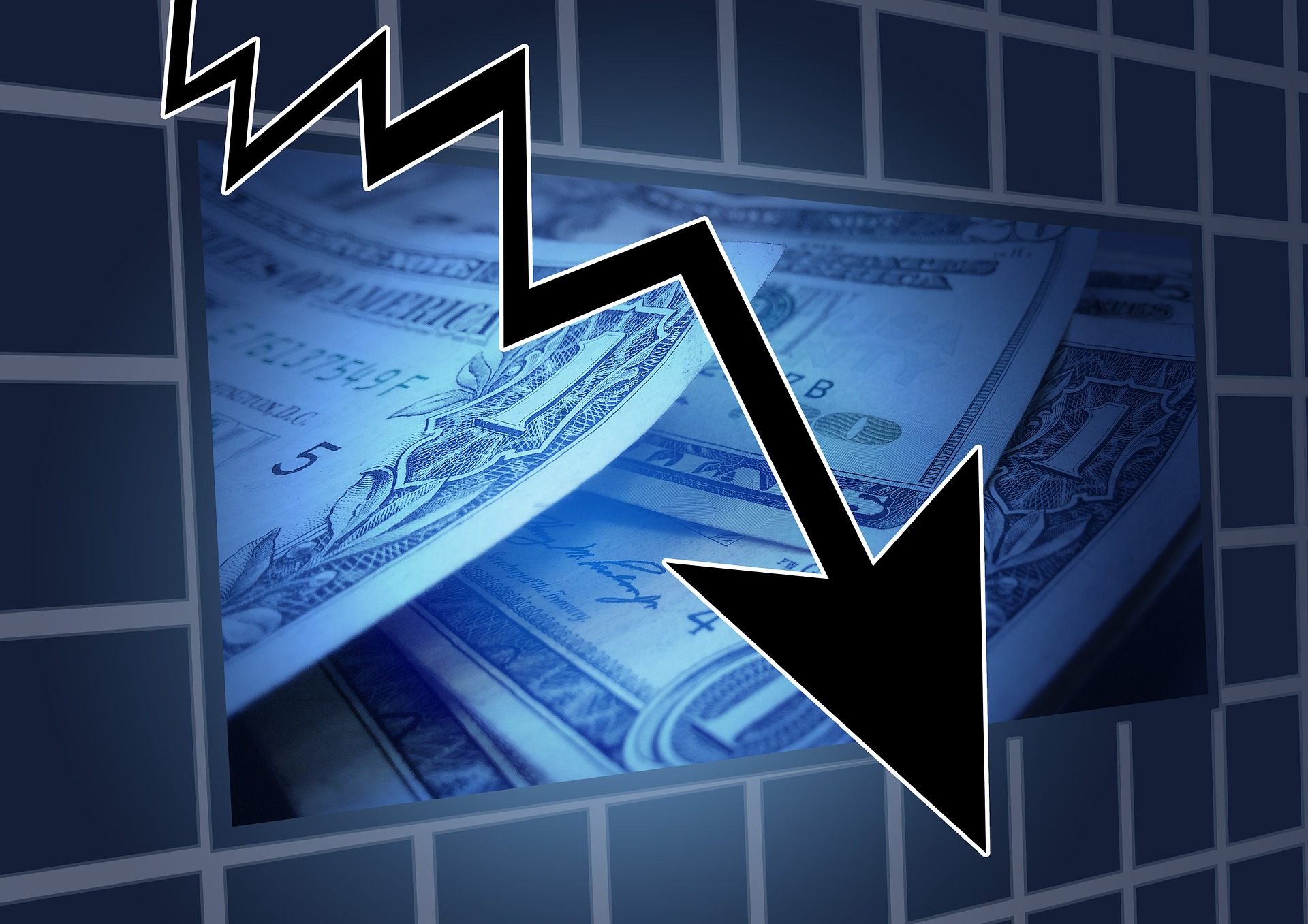
Cues to take note of include a slight paleness or swelling in the face, droopier eyes, redness in the eyes, and looking more tired than usual. Out of these cues, it was easier to tell if someone is sick if their face is paler and if they had droopier eyes.
The scientists posit that their findings could be adapted to develop Artificial Intelligence (AI) systems that can scan human faces and give us warnings if we look like we're coming down with something. They added that this could explain one "common finding" in psychology that individuals who seem tired are not as popular and attractive, which could be because they look like someone who is sick. It's also possible that we are wired to reject their presence as our body tries to protect itself from a possible infection. (Related: How To Protect Yourself To Promote Your Healing)
For the study, the scientists injected 16 participants with two different solutions. The first contained sugar water while the second contained "a chemical compound extracted from E. Coli bacteria" that will make the recipient feel sick. The second solution contained a complex sugar that bacteria use to "build their cell walls."
Once the human body detects this complex sugar, the immune system raises the alarm before it defends the body from an attack, which triggers inflammation in the contaminated area. Two hours after the participants were injected with the two solutions, the scientists took photos of their faces.
Observers were shown the photos for a couple of seconds, and regardless of the similarities, they were able to distinguish the sick people "in 81 percent of cases" or 13 out of 16 participants. The 16 volunteers were "all white, non-smokers, non-obese, moderate drinkers aged between 19 and 34."
The authors say that based on their findings, most of the time even people without medical training can identify sick people simply based on visual cues. Lead researcher John Axelsson of the Stress Research Institute at Stockholm University shares that in earlier studies, even people with "sickness behaviors" (e.g. coughing) react with disgust and anxiety. However, he added that we can benefit from further studies concerning the ability to discern illness through facial cues during the early stages of infection.
Since the observers were shown photos taken two hours after injecting the solutions, the results substantiate our ability to tell when a person is sick based on what they look like. The researchers note that it's possible that we developed this ability as a coping mechanism, especially "when risk for contagion is high."
Professor Axelsson concludes, "This is just a first step. Personalized artificial intelligence will be able to pick up these signs in the future." He added, "You will look in an app, which will say, 'Maybe you have an infection today.'"
Natural remedies to prevent the common cold
While it has been proven that we can indeed tell when a person is sick simply by looking at their face, try to introduce more of the foods and nutrients listed below in your diet because they can prevent the common cold:
- Zinc -- A time-honored cold remedy, zinc is antiviral, meaning it inhibits the growth of viruses, such as cold viruses.
- Echinacea -- A popular way to prevent colds, echinacea significantly lessens the duration of colds and can even prevent them as well.
- Garlic -- A potent "germ-killer," garlic is known as "nature’s antibiotic."
- Ginseng -- A Chinese supplement, ginseng is naturally-derived. It boosts immune system function and supports general good health.
You can read more articles about disease prevention at Prevention.news.
Sources include:
Please contact us for more information.























